Category: social networking
-
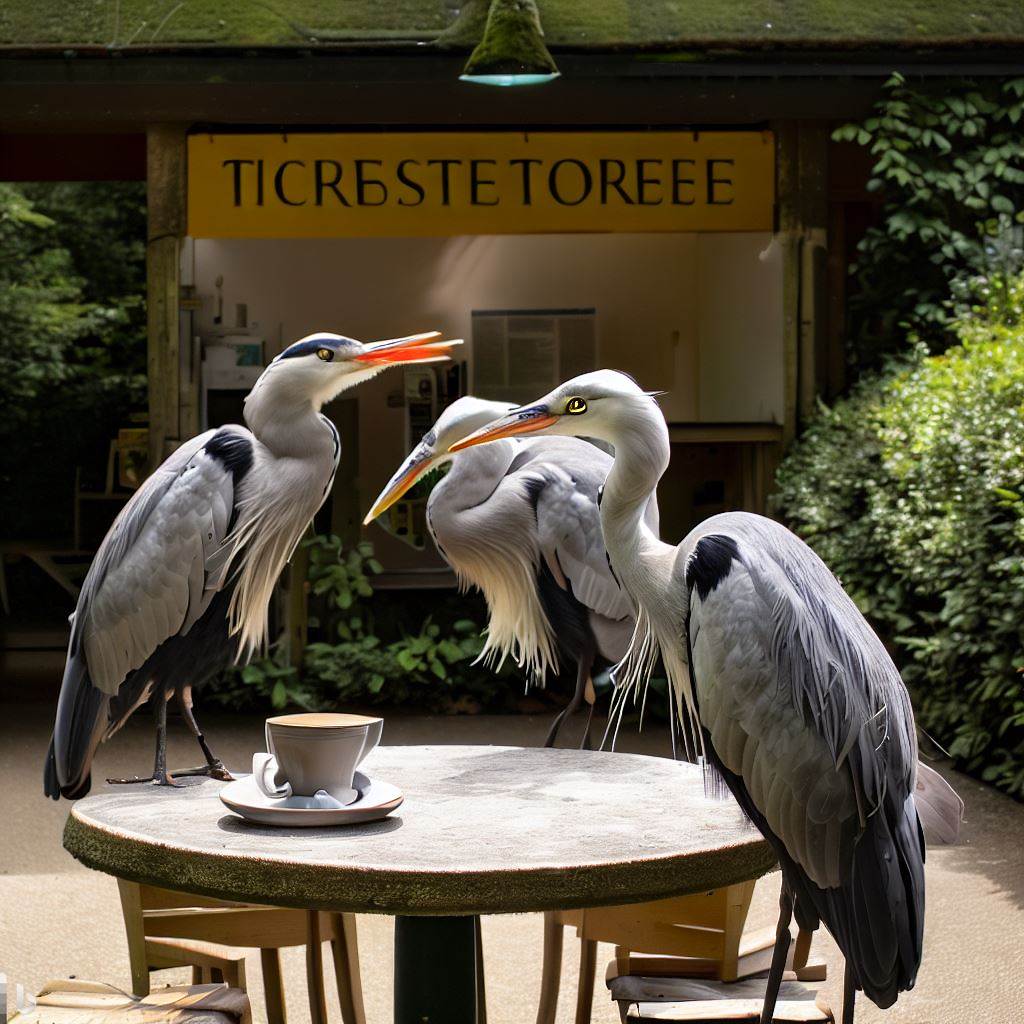
The Anti Whatsapp for Conversation Mentality
Reading Time: 2 minutesRecently I was added into a Whatsapp group where people discuss things to do in Geneva as well as more interesting activities a drive from Geneva. I was given admin privilieges on Whatsapp to organise events. In connection to this I shared activity ideas, interesting videos and more related to the topic.…
-
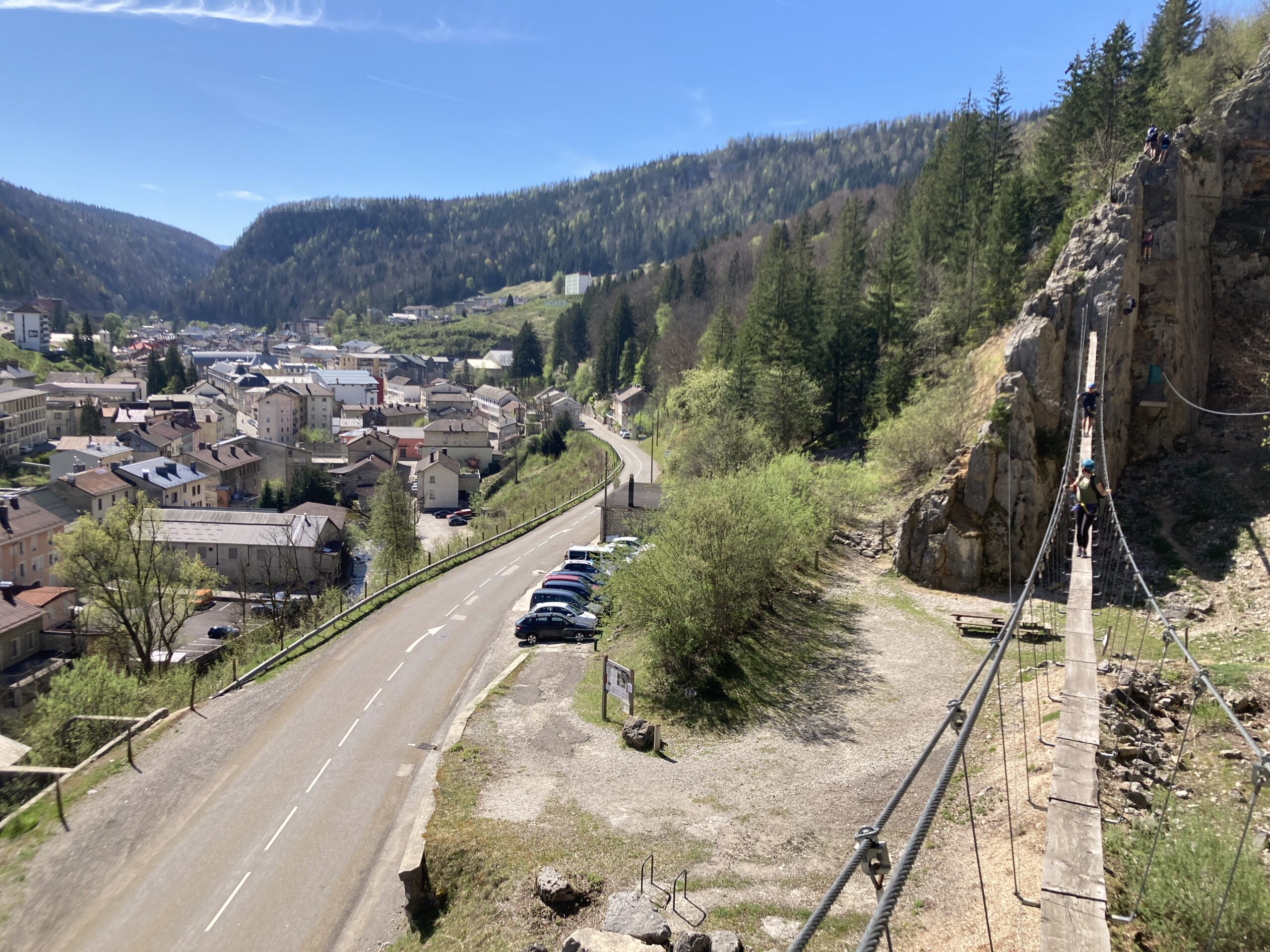
On Not Driving People for Free
Reading Time: 3 minutesYears ago I would drive people to and from glocals activities for free. A diving friend of mine had excellent service. I drove to his home to pick him up, and then drive to dive sites. One day I decided that I wanted to go for a hike with a group, rather…
-
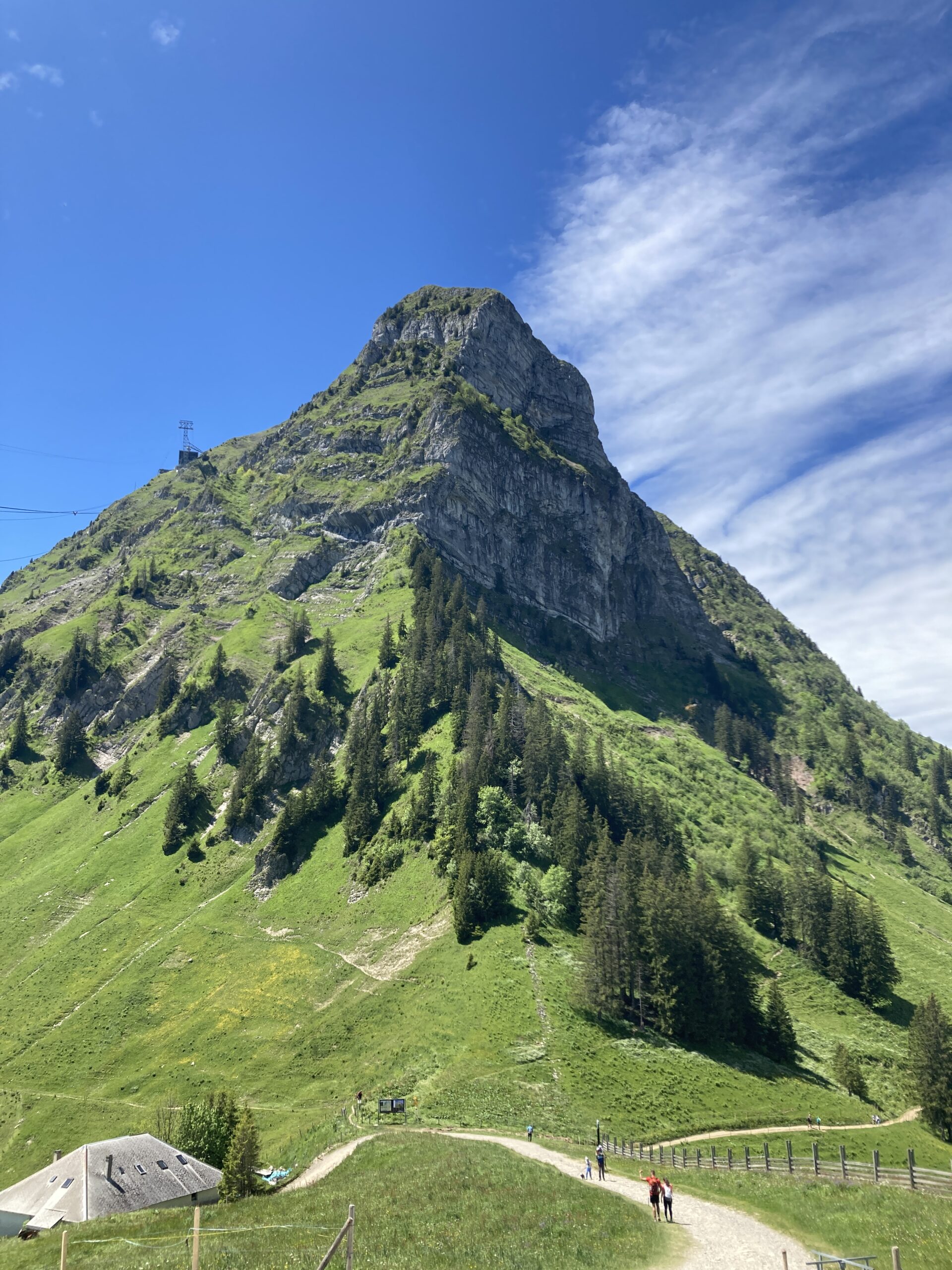
On Whether to Do a Hike and a Via Ferrata on the Same Day
Reading Time: 2 minutesTwo weeks ago I thought that I would have an issue with this weekend and I was right. I thought that I would want to do a hike with one group, and do a Via Ferrata with a second group. That situation is now a reality. A Good Hiking Group and a…
-

Watching Films Again
Reading Time: 2 minutesDuring the pandemic I became unable to listen to podcasts, watch television series and watch films. Each of these media reminded me of how dreadfully my existence had become during the pandemic. Instead of watching films and television series I listened to tech podcasts and watched people play computer games. The reason…
-
A Weekend of Hiking and Cycling
Reading Time: 2 minutesThis weekend has been physically demanding. On Saturday I rode with people who do nothing but ride, so they’re far fitter, on a bike than I am, so by the end of the ride I was struggling to keep up. ## The Options I fully expected the weekend to be difficult, Originally…
-
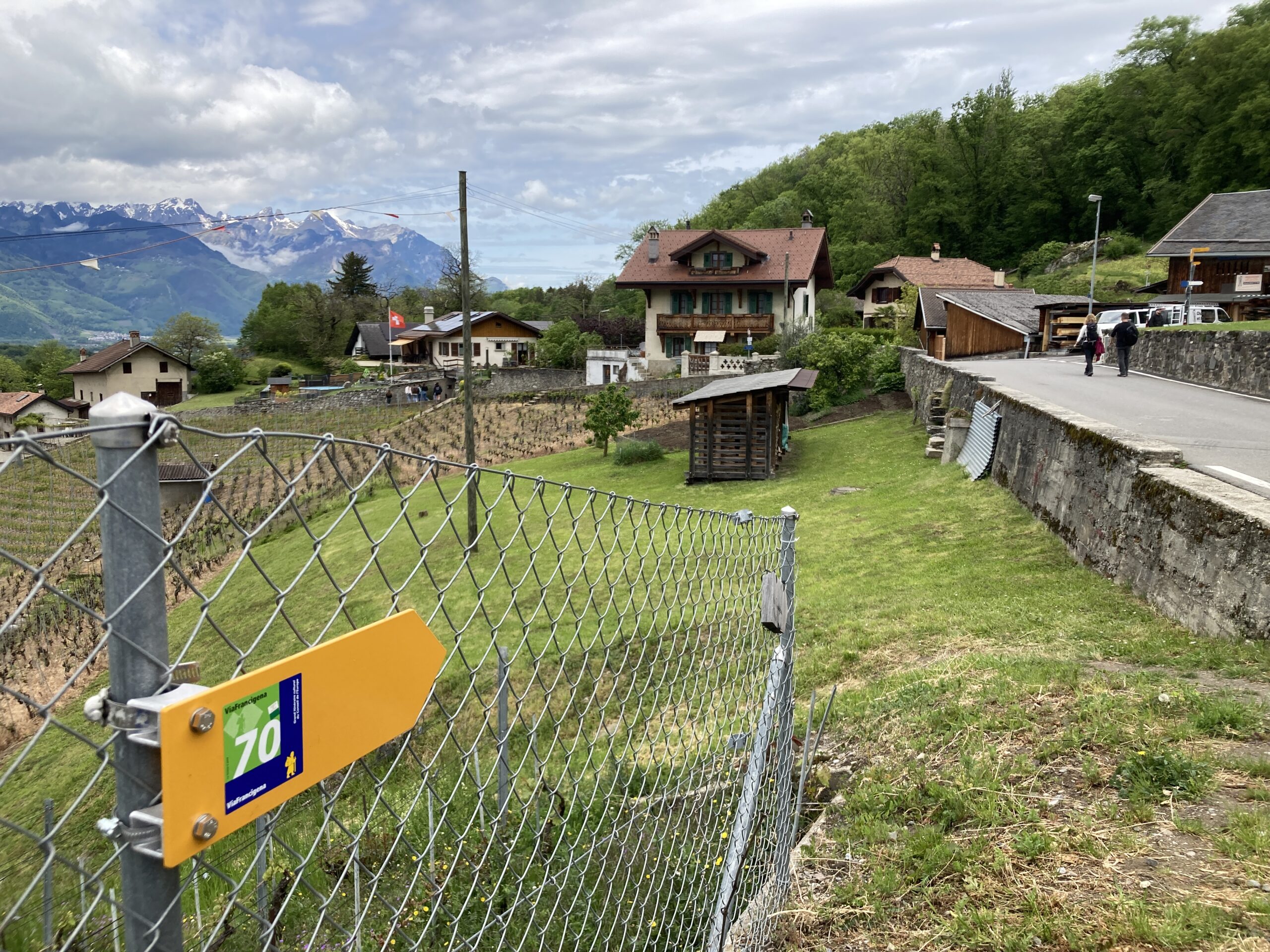
The Demise of Shortened Google Links
Reading Time: 2 minutesNext year [all goo.gl shortened links will be dead due to the planned obscolence of hyperlinks](https://9to5google.com/2024/07/18/googl-links/). Any website, blog, or social media site that used Goo.gl shortened links will find that their links are worthless from that point on. ## The SMS Era on Twitter URL shorteners thrived for a while because…
-
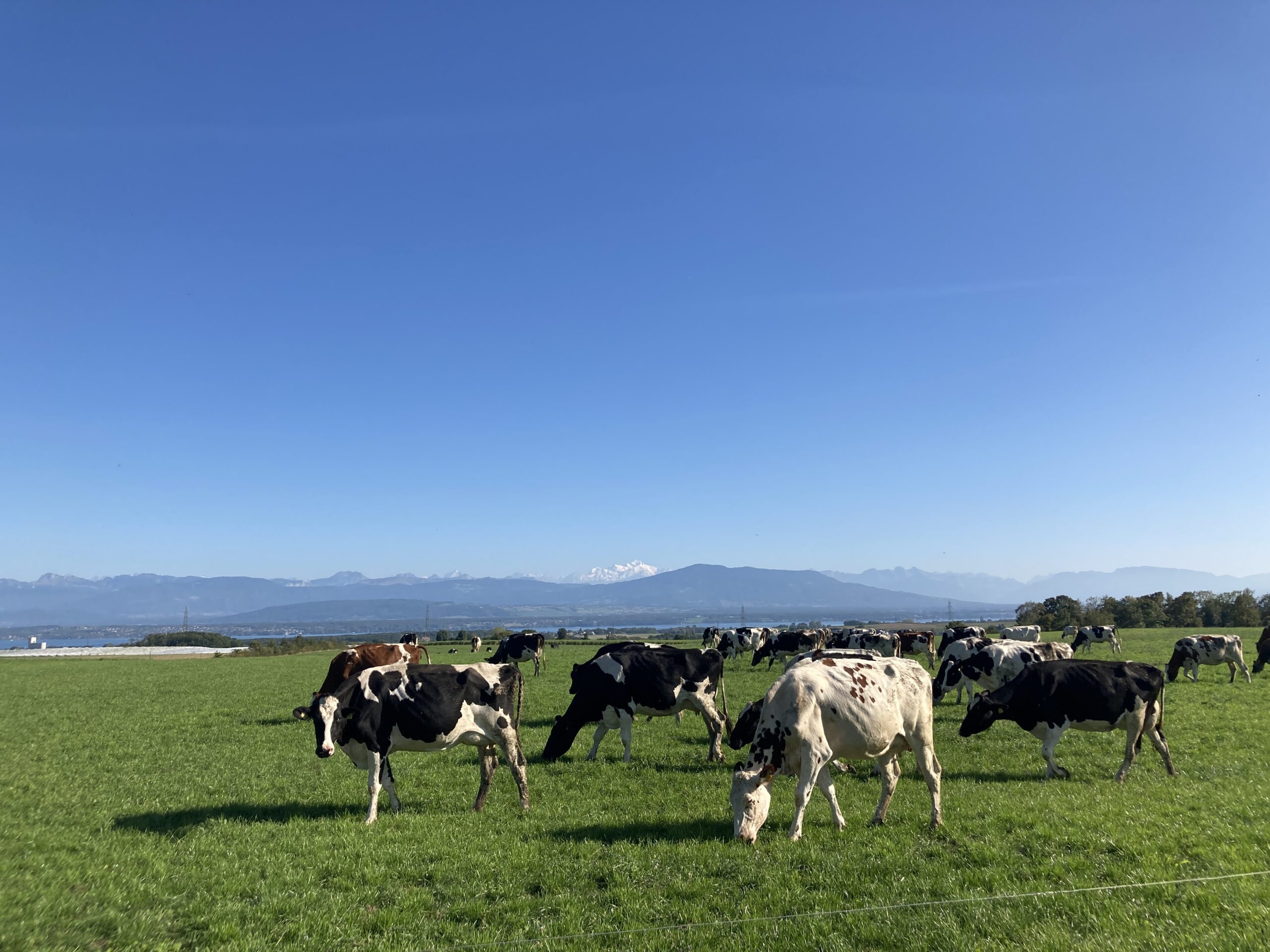
The Hypothetical Attention Pyramid Scheme
Reading Time: 2 minutesI loved the idea of Substack as a replacement for a few minutes, or maybe a few hours. I loved the notion of a writing community for people to share ideas, and written words. I lost passion when I saw that it was an attention pyramid scheme. ## What is the Attention…
-
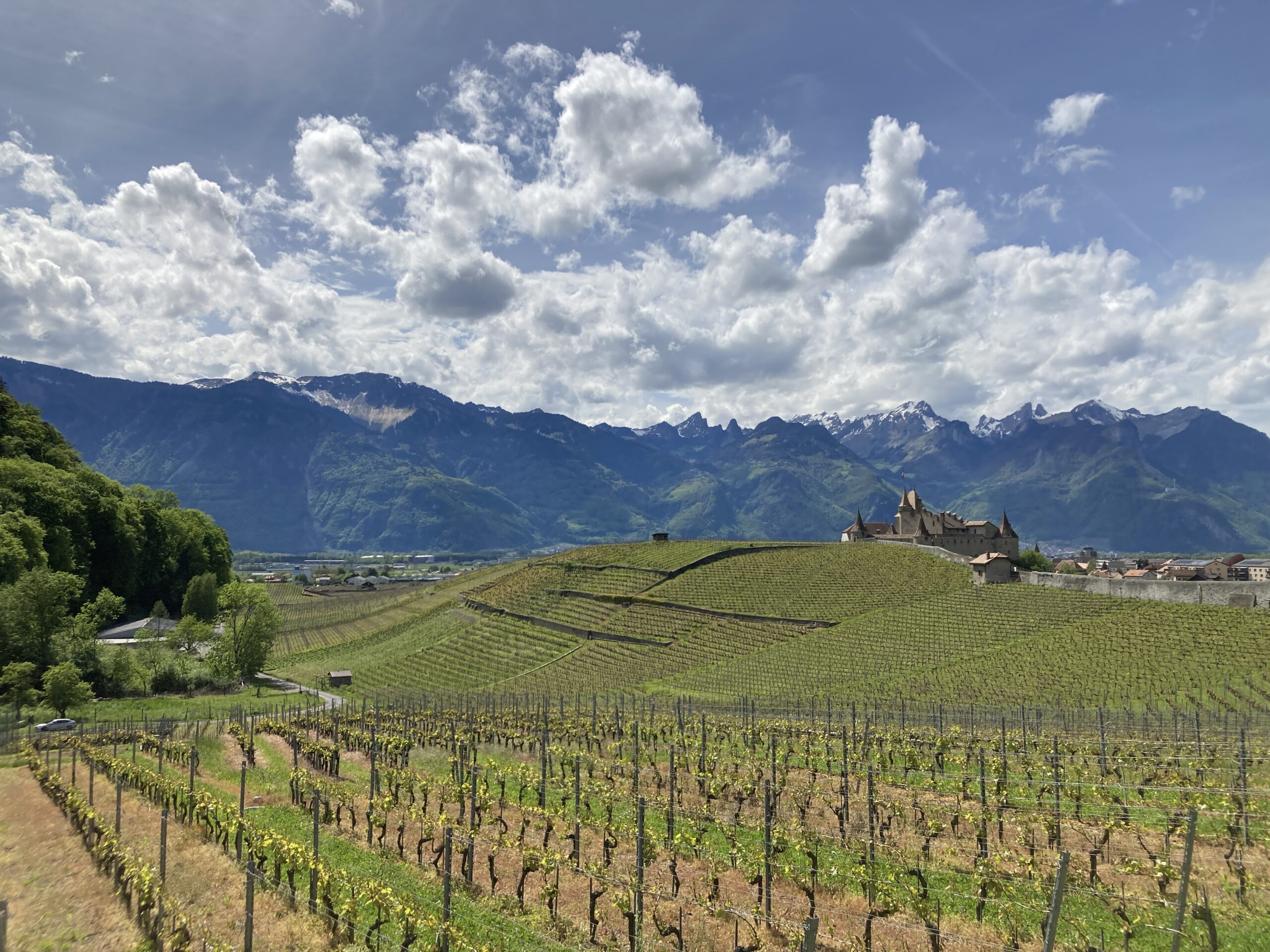
The Pleasure of Looking for New Routes
Reading Time: 3 minutesFor several years I explored every route that was walkable from my village. In the process I found loops that took up to four hours to complete. When there was no traffic they were all pleasant, whether it was wet, dry, hot, cold or windy. As cars and driving re-emerged plenty of…
-

Exploring with Komoot and Meetup
Reading Time: 2 minutesIt’s easy to find a group, and to do the same thing, again, and again, and again. Each year you do the same things in the same order, at the same time. It becomes routine. You get used to that routine. You don’t deviate. That’s where Komoot and Meetup come in. ##…
-
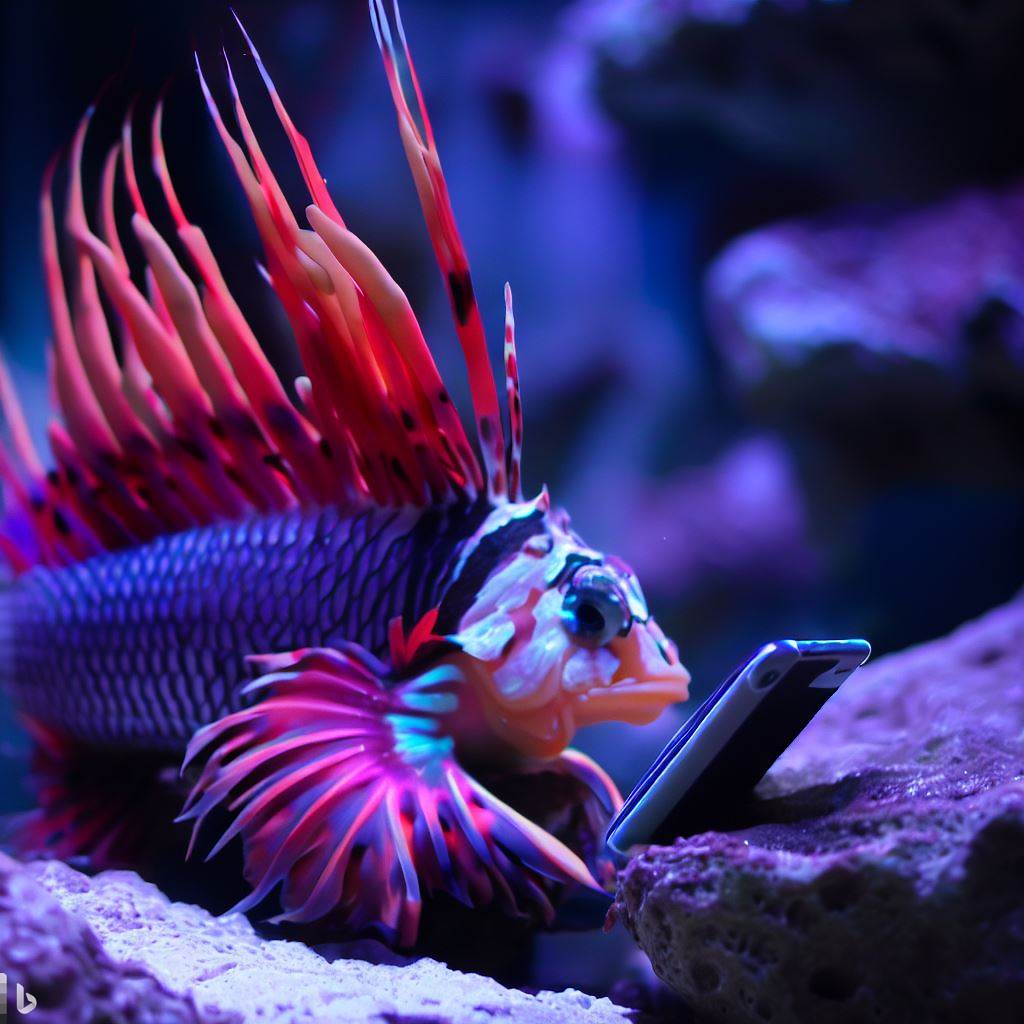
Of Glossy Mags and Social Media
Reading Time: 3 minutesMany years ago I liked to get mags. I would look at the choice of mags every time I was in a magazine shop. I would even buy some every so often. Eventually I stopped I stopped, not because my desire to get mags was gone, but because the return on investment…